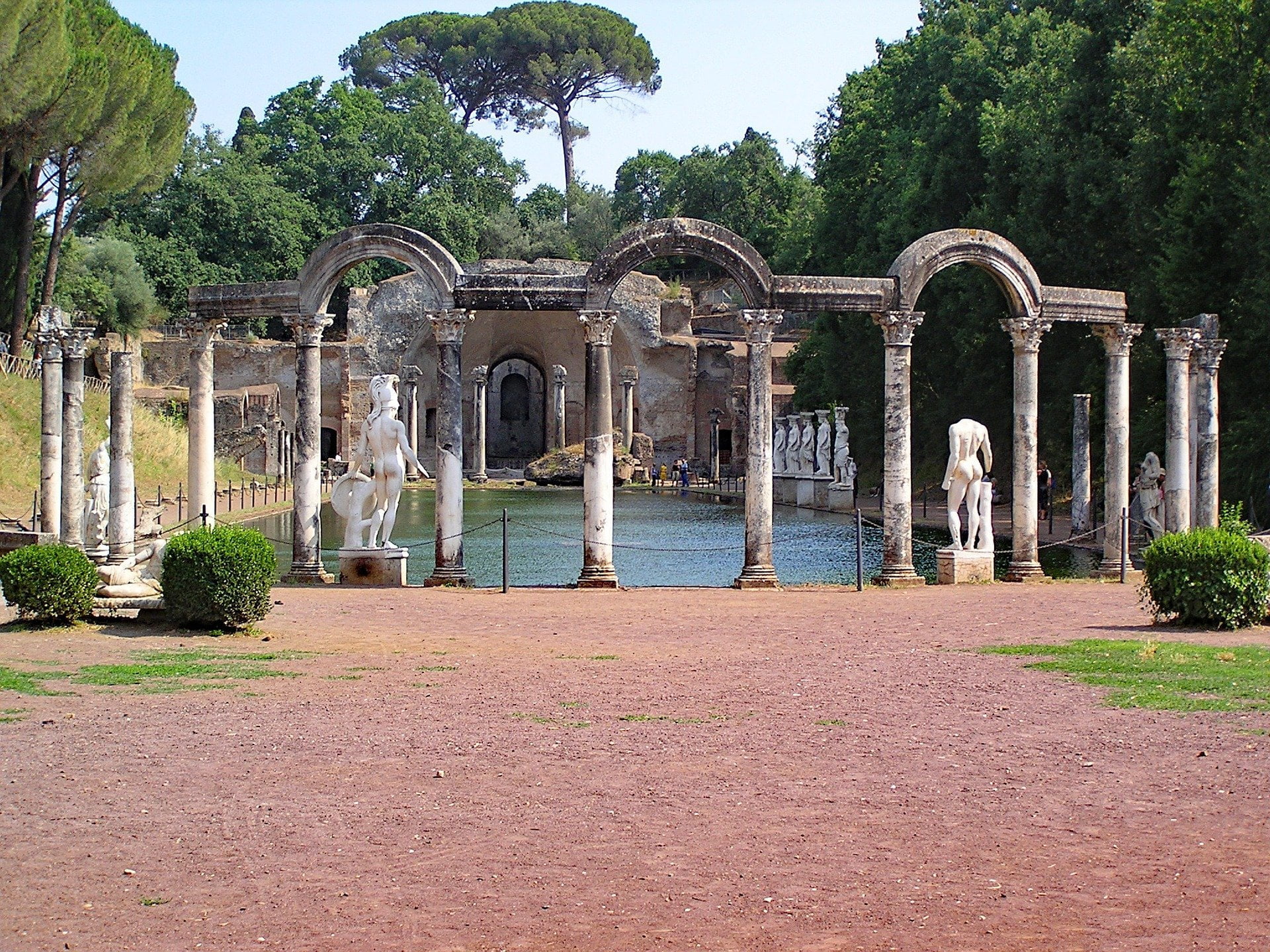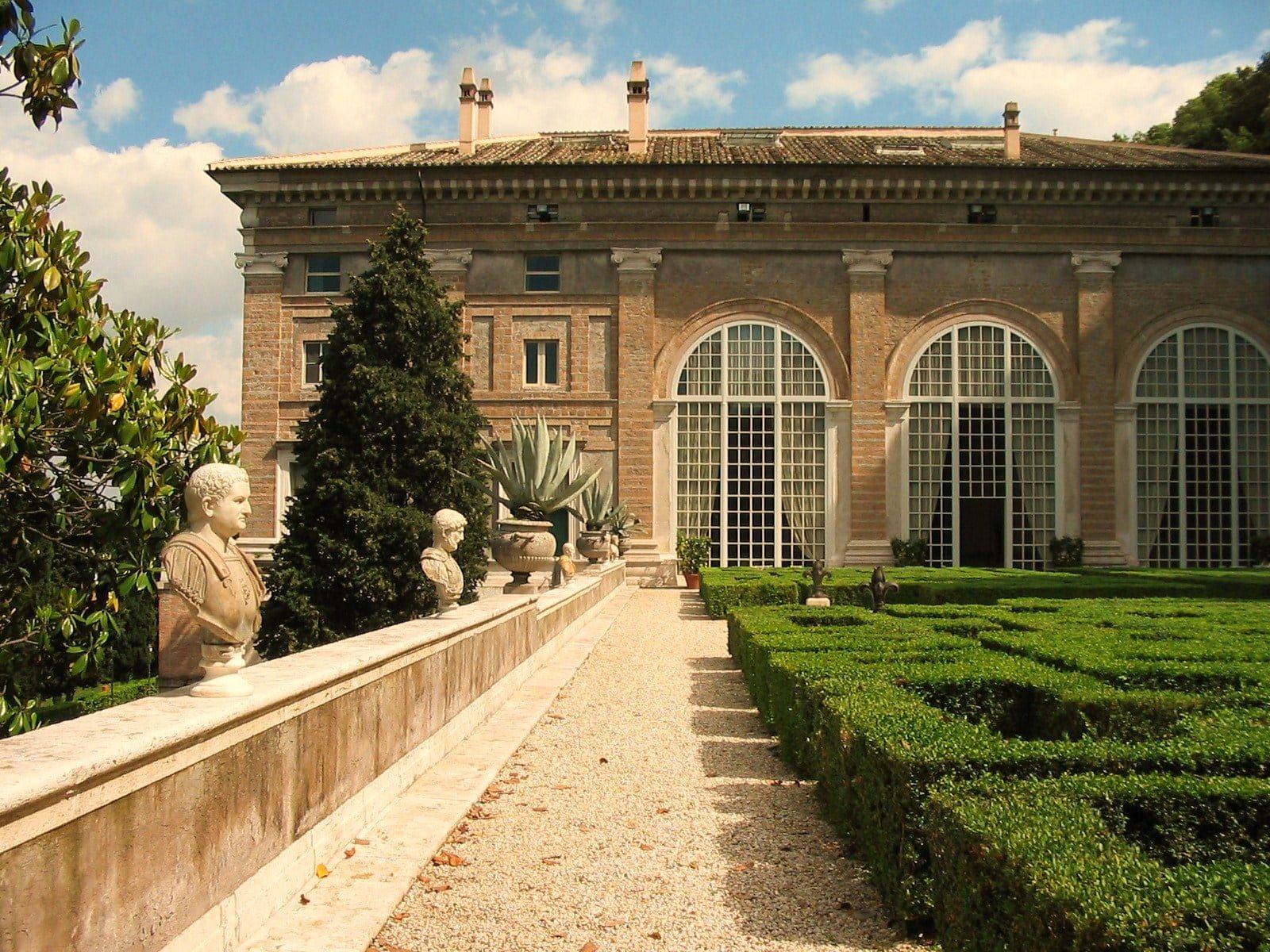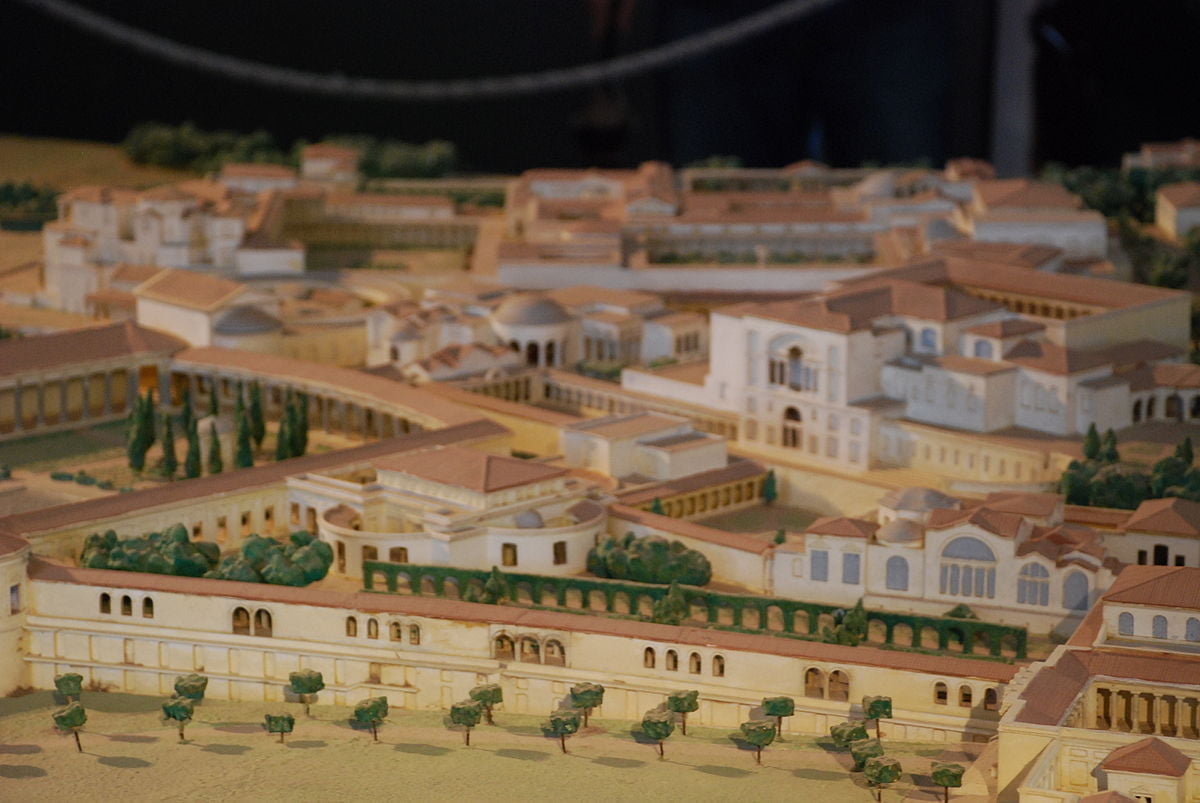Hadrian’s Villa and Roman Travertine
Hadrian’s Villa is considered one of the most beautiful ancient roman travertine villas ever built. Erected during the 2nd century AD, it is located in the city of Tivoli, approximately 28 km away from Rome. Many are the reasons why this Villa has never stopped conveying admiration in the eyes of tourists. In this article we will concentrate on two aspects: Hadrian’s Villa location and the natural stones used for its building.
History of Hadrian’s Villa
The Villa was named after its owner, Roman Emperor Publius Aelius Hadrianus. He attended each step of its construction: from the early stage of planning to its actual construction (started around 128 AD). The villa was created with the purpose of being Hadrian’s retreat from Rome. With this idea in his mind, he included in the project theaters, temples, and palaces. An Academy and two libraries were also erected, a Roman one and a Greek one – given his deep interest in Greek philosophy.
The architectural style contains elements both from Greek and Roman inspirations. The areas reserved to the imperial family were decorated with highly valuable natural stones and intricated ornaments. Contrarily the buildings destined to the personnel were simpler yet elegant. Bureaucrats or other important people were allowed to stay and rest within the Villa in lodgings called Hospitalia. A detail of great interest were the underground cubicula, a network of tunnels that allowed the servants to move easily from one side to the other of the Villa.
Hadrian’s death caused a rapid decline in the use of the Villa before being completely abandoned and forgotten. Unearthed again around the 15th century, the archaeological site underwent a severe action of pillaging. Many of the incredible statues that were supposed to decorate the whole place were smuggled and sold all over Europe. The 19th century saw the beginning of a more systematic work of excavation and analysis of the area. The constant work of many archaeologists unveiled the great understanding of building engineering that Romans reached across the time.

Why choosing Tivoli for Hadrian’s Villa?
The choice of the best place where to build Hadrian’s Villa fell on Tivoli for several reasons. Surely the pictoresque landscape of Tivoli and its surroundings played a huge role. As a matter of fact, Tivoli was already well known among noble families that used to build here their villas where they expected to relax from duties (the so called otium). It is not a secret that the building of Hadrian’s Villa started from a preexisting mansion previously owned by the Emperor’s father-in-law.
Moreover, ancient Romans deeply appreciated the uniqueness of travertine – lapis tiburtinus – and as early as 50 BC they had started to use it extensively in construction works. Roman travertine was extracted from the well renowned Barco quarries, located near Hadrian’s Villa site. They devised a system of rafts that would allow the stone blocks to be delivered following the flow of the river that still runs along the quarries.
In addition to Italian travertine, the construction required other natural stones, such as pozzolana and tufa. The latter could be easily found in the quarries opened in the neighboring areas. The land on which the Villa was erected was suitable for any kind of human intervention, resulting in a complex of 120 hectares comprising many buildings, fountains, gardens, baths, and pools.
Use of Roman Travertine within Hadrian’s Villa
Ancient Romans were known to be keen admirers of Italian travertine and its unique features. In fact, this natural stone portrays characteristics such as resistance, warm colors, porosity, and workability. They used the Tibur stone for a variety of purposes: the Colosseum is indeed the most famous work realized entirely with this natural stone. In many other cases, roman travertine was used for the load-bearing elements, such as arches, pillars, or entablatures.
According to the studies carried out in the archaeological site, the use of travertine for building the Villa was substantial. The basis for columns and many of the structures were made out of Tivoli’s natural stone. These were then coated with a layer of plaster, or with marble claddings.
Why is Hadrian’s Villa considered important?
Today, Hadrian’s Villa (Villa Adriana) in Tivoli bears witness to the grandeur of the Roman Empire. It is one of the best kept and most visited archaeological sites in Italy. As a result, it has been listed as a UNESCO World Heritage Site since 1999.
Hadrian’s Villa had an enormous impact on the design of Renaissance villas. During the Renaissance period, the villa as an architectural conception was revived. The extraordinary influence exerted by Hadrian’s Villa on Renaissance villa and landscape design is proved by subsequent architectural realizations.
Firstly, Architect Bramante and his design for the Belvedere Court is an obvious example. Known to have visited Hadrian’s Villa, he designed the magnificent Belvedere Court for Pope Julius II. The Belvedere court with its gardens, roman travertine fountains and Tivoli’s stone ornaments and long passages linking separate structures all remind the one of a peaceful Roman Villa.

Another example concerning Hadrian’s influence on Renaissance is Raphael’s design of Villa Madama. Set on the slope of Monte Mario in Rome, Raphael, like the Romans, worked with the land to produce a seamless intersection between nature and buildings. This villa has a circular colonnaded courtyard, entrance facing north with passages to a secret garden furnished with roman travertine details. Circular courtyards and the travertine spiral staircase in Renaissance style that leads to the noble floor were unprecedented in fifteenth-century architecture.

Conclusions on Hadrian’s Villa and Roman Travertine
Being the first ones to appreciate the value of roman travertine, ancient Romans were past masters in working with our stone. The impact that ancient monuments, such as Villa Adriana had on subsequent and current architectural styles is impressive. We owe them a great deal for the breathtaking buildings they have left us. In fact, we treasured their experience in helping create wonderful architectural creations and perfected the technique for processing the stone. Now we offer it to you for your everlasting dreams to come true.



Follow Us On Social Media: